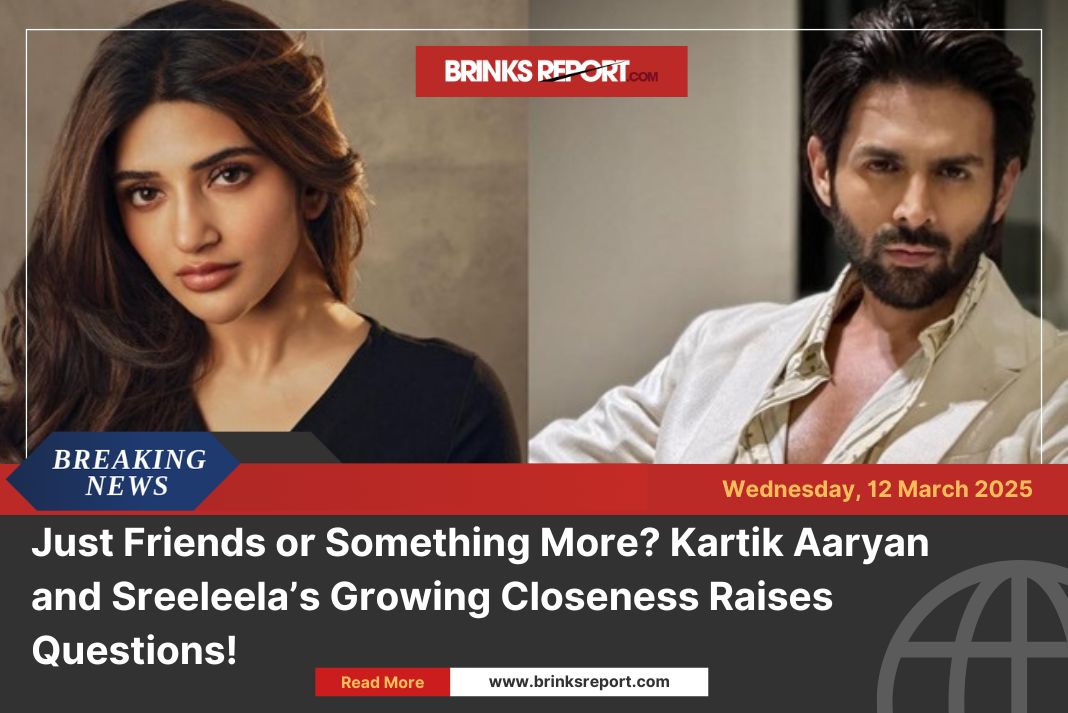
A LinkedIn post labeled as a “sob story” has sparked one of the year’s most unexpected startup controversies. What started as a tale of resilience quickly spiraled into a digital battle over facts, reputation, and the blurry line between truth and spin.
It began with Namya Khan, a former employee at Indian health-tech startup DarDoc, who posted a heartfelt reflection on her time there. In her post, Khan shared emotional insights about her struggles and survival in the startup world. She emphasized her positive mindset and professional growth, even while hinting at hardships behind the scenes. Her post resonated widely, garnering thousands of shares and likes.

For the average LinkedIn user, it was just another feel-good tale of grit. But for DarDoc’s co-founder Keswin Suresh, it was something else entirely.
When Founders Fire Back
Suresh publicly accused Khan of twisting the truth. He called the post a “sob story” aimed at gaining sympathy and freelance gigs. His message? The story wasn’t just misleading—it was manipulative.
Suddenly, the narrative shifted. What was meant to inspire became a social media battleground. Critics accused Suresh of trying to silence a former employee. Supporters argued he had every right to defend his company’s name.
The irony? Everyone was arguing about authenticity—on the most performative platform of them all.
The Digital Tightrope: Authenticity or Agenda?
In today’s hyper-connected world, personal stories travel fast. But the line between authentic storytelling and strategic self-promotion has never been blurrier.
Was Khan being vulnerable or branding herself? Was Suresh reacting to slander or protecting a fragile startup in a brutal funding climate? The truth likely lives in the messy middle.
Welcome to the new reality of work: one part resume, one part reality show.
Also Read Indian Hacker Uncovers LinkedIn Post Deletion Vulnerability
What This Means for You
If you’re a professional sharing your journey online, this sob story saga offers lessons:
- Every Post Is Public Relations: Your story is yours—but once it’s out, it becomes everyone’s.
- Narratives Can Backfire: What one person sees as resilience, another might view as a calculated PR pitch.
- Digital Footprints Matter: Today’s viral moment can be tomorrow’s hiring headache.
On the other hand, if you’re a business owner or startup founder:
- Transparency Cuts Both Ways: Employees can speak. So can you. Just make sure you don’t sound petty while doing it.
- Have a Social Media Playbook: Clear internal guidelines help prevent emotional outbursts online.
- Culture Is Your Real PR: If people are airing grievances in public, something might be broken internally.
Also Read Workplace Niceness: Why Being Too Sweet Can Sour Trust at the Office
When the Internet Becomes HR
According to a report by Harvard Business Review, over 48% of employees say they use social media to vent about work. That’s not just noise—it’s a digital trail of employee sentiment. Source
It’s no longer enough to just run a business. You also need to manage the meta-narratives about your business.
Final Word: The Court of LinkedIn Never Adjourns
What started as a sob story has become a Rashomon-style drama, with each side clinging to their truth. For the rest of us, it’s a reminder: being online is a performance. Whether you’re telling your journey or responding to one, the crowd is watching—and it judges fast.
Let’s just say the next time someone posts a tear-streaked tale of triumph, you might want to check the comments before you hit “like.”
Also Read The Art of LinkedIn Storytelling: 7 Examples That Actually Work












